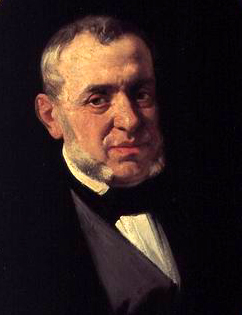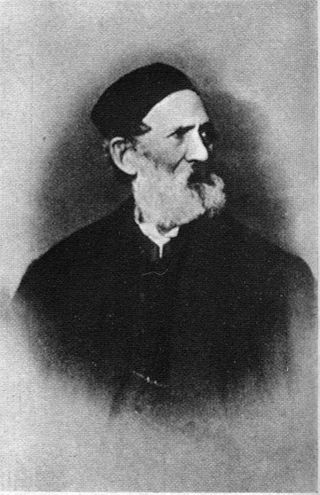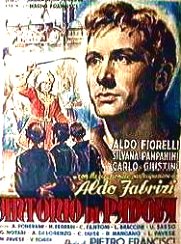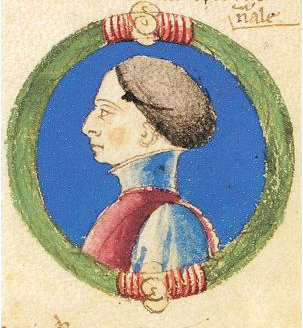
Ezzelino III da Romano was an Italian feudal lord, a member of the Ezzelini family, in the March of Treviso. He was a close ally of the emperor Frederick II, and ruled Verona, Vicenza and Padua for almost two decades. He became infamous as a cruel tyrant, and was, in fact, the most "notorious" of the "early tyrants".
Martino della Torre was an Italian condottiero and statesman.

Solagna is a town in the province of Vicenza, Veneto, north-eastern Italy. It is east of SS47 state road. Sights include the church of Santa Giustina, with artworks by Brustolon and Giuseppe Ghedina; it also houses the alleged tomb of Ezzelino II da Romano.

Romano d'Ezzelino is a small city with c. 14,000 residents in the Veneto region of northern Italy. It lies in the foothills of Monte Grappa and is located among some hills and country. The name "Romano" comes from Arimanno, a Lombard word meaning "military settlement". "Ezzelino" refers to the family of Ezzelini, who moved to Romano in 1199.

Oberto (Uberto) Pelavicino or Pallavicino (1197-1269) was an Italian field captain under Frederick II, Holy Roman Emperor. He was a member of the noble Pallavicini family.
Cunizza da Romano was an Italian noblewoman and a member of the da Romano dynasty, one of the most prominent families in northeastern Italy, Cunizza's marriages and liaisons, most notably with troubadour Sordello da Goito, are widely documented. Cunizza also appears as a character in a number of works of literature, such as Dante Alighieri's Divine Comedy.

Azzo VI, also known as Azzolino, was an Italian nobleman and condottiero. He held the title of Marquis of Este from the death of his father, Azzo V (1190) until his death.
Alberico da Romano, called Alberico II, was an Italian condottiero, troubadour, and an alternatingly Guelph and Ghibelline statesman. He was also a patron of Occitan literature.

Elena da Feltre is an opera in three acts by 19th-century Italian composer Saverio Mercadante from a libretto by Salvatore Cammarano, well known as librettist of Donizetti's Lucia di Lammermoor and Verdi's Il trovatore. The premiere took place at the Teatro San Carlo in Naples on 1 January 1839 as part of the Carnival Season. While not successful at the time, the opera was revived at La Scala in 1843 with twenty performances.
Gregorio di Montelongo was the Bishop of Tripoli from 1249 until 1251 and the Patriarch of Aquileia from 1251 until his death.

Azzo VII d'Este, Marquis of Ferrara was marquis of Ferrara from 1215 to 1222, and again from 1240 until his death.
Biaquino II da Camino was an Italian nobleman and military leader, a member of the da Camino family and lord of Treviso.

Adeodato Malatesta was an Italian painter, trained in a grand Neoclassical style, depicting mostly of sacred and historic subjects.

Ezzelino II da Romano, also known as Ezzelino il Monaco was an Italian nobleman of the Ezzelini family, who was lord of Onara, Romano, Bassano and Godego.
Ezzelino I da Romano, also known as Ezzelino il Balbo was an Italian nobleman of the Ezzelini family, who was lord of Onara, Romano, Bassano and Godego.

Pellegrino II was Patriarch of Aquileia in northern Italy from 1195 to 1204.

Anthony of Padua is a 1949 Italian historical drama film directed by Pietro Francisci and starring Aldo Fiorelli, Silvana Pampanini and Carlo Giustini. The film portrays the life of Anthony of Padua (1195–1231).

Rinaldo d'Este was a member of the House of Este.

The Visconti Castle or Castello Visconteo of Cassano is a castle of medieval origin in Cassano d'Adda, Lombardy, Northern Italy. It received the current form in the 14th century, when Bernabò Visconti, lord of Milan, enlarged the existing fortification as part of a defensive system of the Visconti dominions on the Adda river. At the end of the 20th century, after a period of abandonment, it was restored and transformed into a hotel.
Giordano Forzatè, anglicized Jordan Forzatè, was a Paduan Benedictine monk and religious leader. For his noble background, peacemaking efforts and monastic reforms, the Chronicle of the Trevisan March calls him the pater Padue, "father of Padua".












